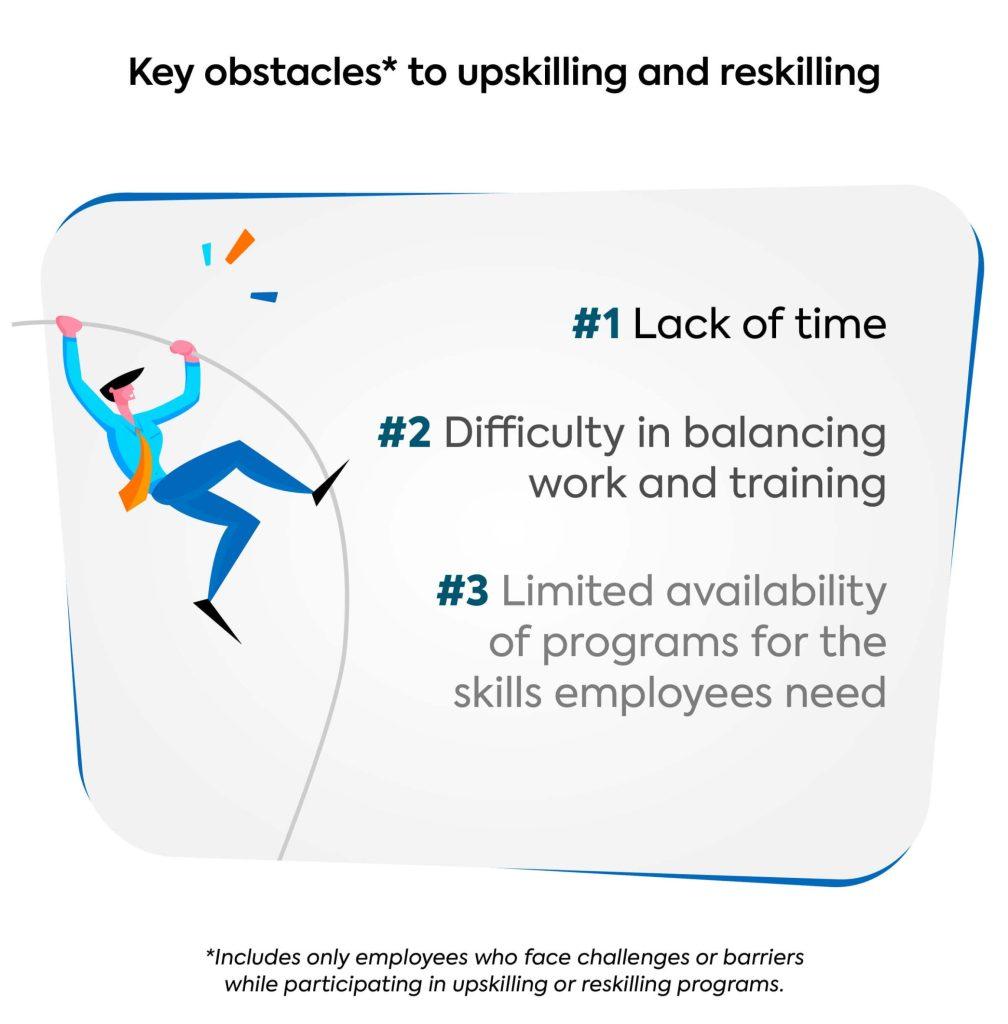The ripple effects of widespread job displacement extend far beyond the individuals directly affected, subtly reshaping australia’s economic landscape. Local businesses, once buoyed by the steady spending of employed workers, now face declining revenues as consumer confidence falters. This downturn sparks a cascade of consequences, from shrinking tax revenues for governments to increasing demands on social safety nets. Communities especially reliant on industries vulnerable to automation,such as manufacturing and clerical services,bear the brunt of these subtle yet profound shifts,as unemployment deepens socio-economic divides and alters regional demographics.
On a macroeconomic scale, the labor market’s rapid transformation creates new challenges and opportunities, but not uniformly. While some sectors experience explosive growth thanks to AI advancements, many traditional jobs evaporate without immediate replacements. The table below illustrates a simplified snapshot of industries most and least affected by AI-driven automation, highlighting the uneven terrain ahead:
| Industry | Impact Level | Job Change % (Forecasted) |
|---|---|---|
| Manufacturing | High | -35% |
| Information Technology | medium | +20% |
| Healthcare | Low | +10% |
| Retail | High | -25% |
| Education | Low | +5% |
As automation reshapes employment patterns, several economic undercurrents should not be overlooked:
- Supply chain adjustments that shift demand for raw materials and logistics.
- Changes in residential property markets as some regions depopulate.
- Pressure on retraining and upskilling programs, challenging public and private education sectors.
- Potential rise in informal or gig economies, raising questions about worker protections and income stability.






